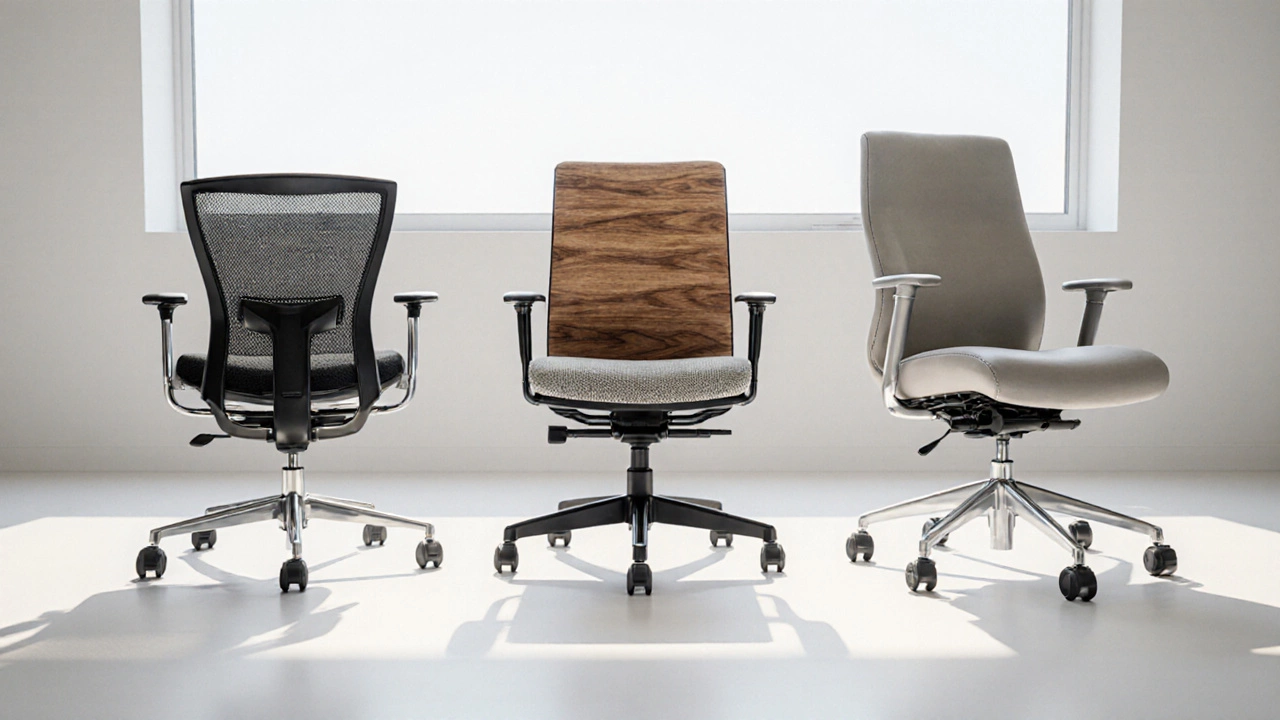Chair Warranty: What to Expect Before You Buy
When you’re eyeing a new chair, chair warranty, a promise from the maker that the chair will work as advertised for a set period. Also known as seat guarantee, it gives buyers confidence that their investment is protected.
Understanding the chair warranty can save you headaches later. Below we break down the key pieces you should check, from how long the coverage lasts to what you need to do to keep the promise valid.
Why Durability Matters
Durability is the first thing manufacturers look at when they set a warranty. Furniture durability, the ability of a chair to withstand everyday use without breaking down directly influences how long a warranty can reasonably last. A chair built from solid hardwood or reinforced metal typically earns a longer coverage period than one made from particle board. In practice, a higher durability rating means less chance you’ll hit the claim process, and it also signals better overall value.
Because durability shapes warranty length, you’ll often see warranty details tied to specific stress tests or weight limits. Knowing the durability rating helps you match a chair to your lifestyle – whether you need something robust for a bustling family room or a lighter piece for occasional use.
Warranty terms spell out exactly what’s covered and for how long. Warranty terms, the specific conditions, time frames, and exclusions that define a manufacturer’s promise include things like frame defects, mechanical failures, and sometimes upholstery issues. The fine print often lists what you can’t claim – such as damage from pets, spills, or misuse – so reading it carefully avoids surprises.
Clear warranty terms also tell you whether you get a repair, a replacement, or a refund if something goes wrong. Some brands offer a “no‑questions‑asked” repair service, while others may require you to ship the chair back. Knowing the process ahead of time lets you plan for any downtime and decide if the brand’s approach fits your expectations.
The materials used in a chair heavily affect both durability and warranty coverage. Material quality, the grade and composition of wood, metal, fabric, or leather in a chair determines how well the piece resists wear, moisture, and structural stress. High‑grade oak, responsibly sourced teak, or premium steel frames usually come with longer warranties because they’re less likely to warp or rust.
When a chair lists a specific material, check if the warranty explicitly mentions that material. A leather cushion might have a separate warranty from the frame, and fabric upholstery can have its own wear‑and‑tear clause. Matching the material guarantees with the overall chair warranty helps you see the full protection picture.
Beyond the paperwork, your own care routine plays a huge role in keeping the warranty valid. Regular cleaning, proper weight distribution, and avoiding direct sunlight for wood pieces can extend both the chair’s life and the period you’re covered. Most warranties require you to follow basic maintenance steps; skipping them can void the claim.
Finally, remember your consumer rights. In the UK, the Consumer Rights Act gives you an additional safety net even if the manufacturer’s warranty ends. You’re entitled to a repair or replacement if a chair is faulty within a reasonable time, usually six months. Knowing both the warranty specifics and your legal protections equips you to make the best decision if something goes wrong.
Now that you’ve got the basics of chair warranties, durability, terms, and material quality, you’ll be ready to evaluate any chair you’re thinking about. Below you’ll find a range of articles that dive deeper into related topics – from picking the right wood for outdoor furniture to spotting cheap couches before you buy. Use these insights to pick a chair that not only looks great but also stays protected for years to come.
How Long Should a Good Office Chair Last? A Practical Guide
Discover how many years a quality office chair should last, what affects its durability, maintenance tips, warranty insights, and when to replace it.
More
